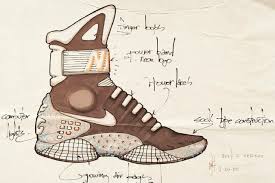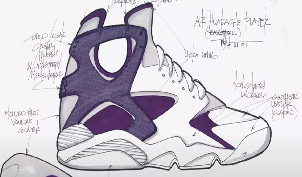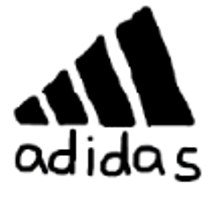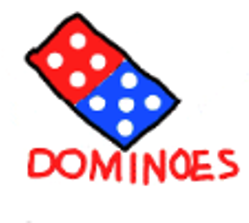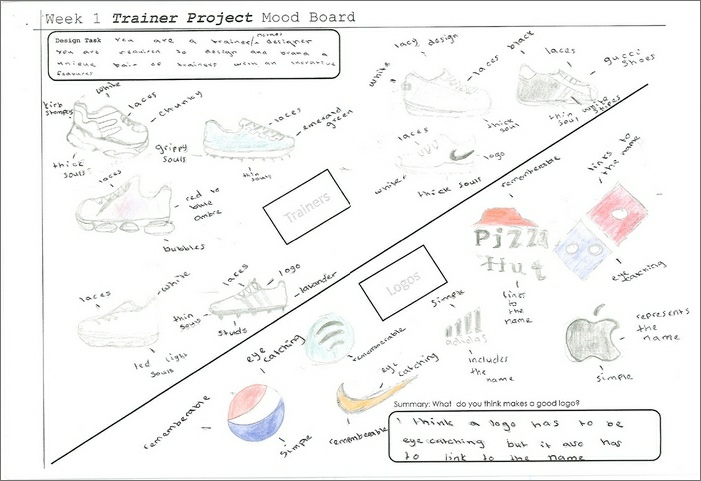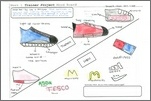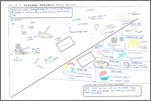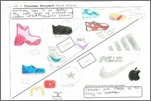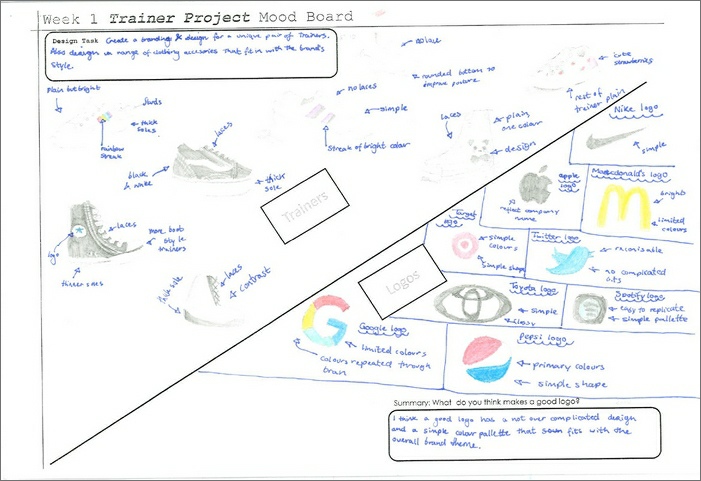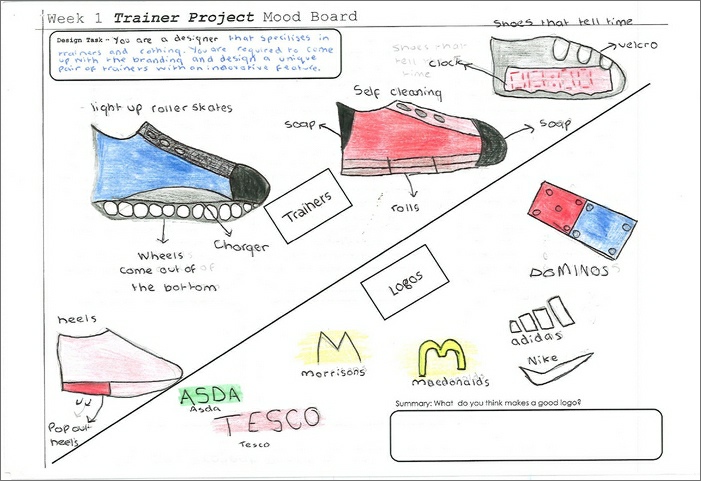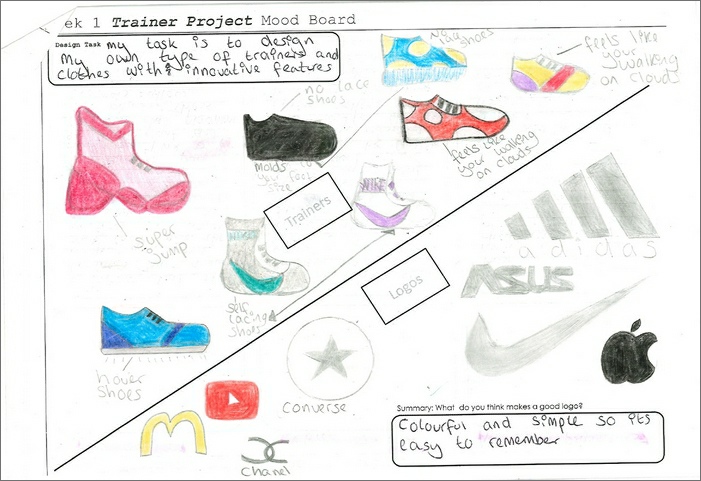

GCSE
A LEVEL


GCSE
A LEVEL
ABOUT



















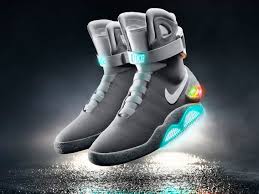
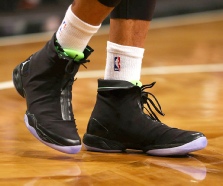
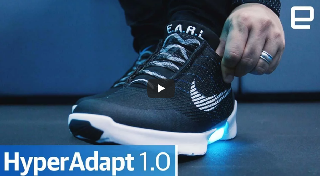
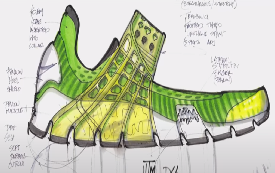
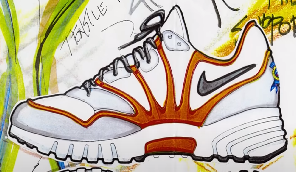
All work must be produced in the A4 design portfolio provided. It must be kept neat and tidy. Avoid folding it and place it in a file or folder to keep it save and in good condition. Presentation is key to good marks. Look at the helpful tips below to completing a successful design portfolio..
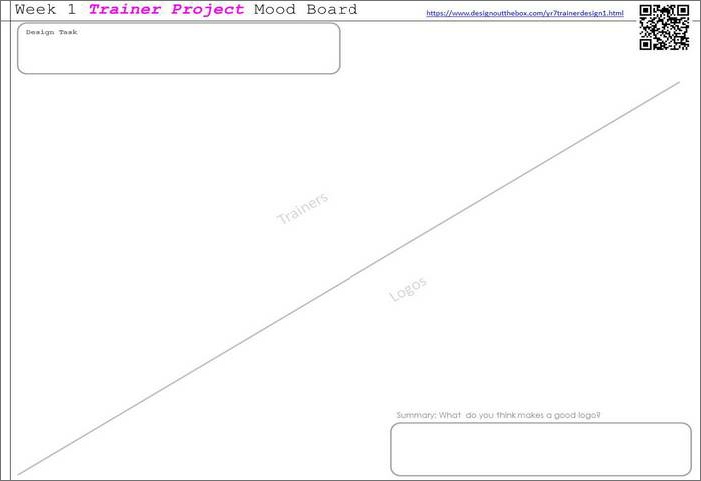
Produce a mood board or a range of observational drawings of
|
●
|
Your favourite trainer designs
|
|
●
|
Logo designs
|
This is an effective method of collecting useful information quickly. It allows you to gain an understanding of your design projects main characteristics. The page has been split into two for both tasks.
Try and produce 15 drawings or images for each task…….

Write down the design task in your own words. Try and think of some unique (innovative) things you will include in your designs to give your trainer a competitive edge (hover over the context area of the page below for an example).


In the conclusion box, Write down what you think makes a good logo or brand.
Consider the following: (hover over the box for a hint)
Consider the following: (hover over the box for a hint)
|
•
|
Use of colour (mood) – Amount of colour
|
|
•
|
Use of an image if appropriate
|
|
•
|
Use of text
|
|
•
|
Style of text
|

